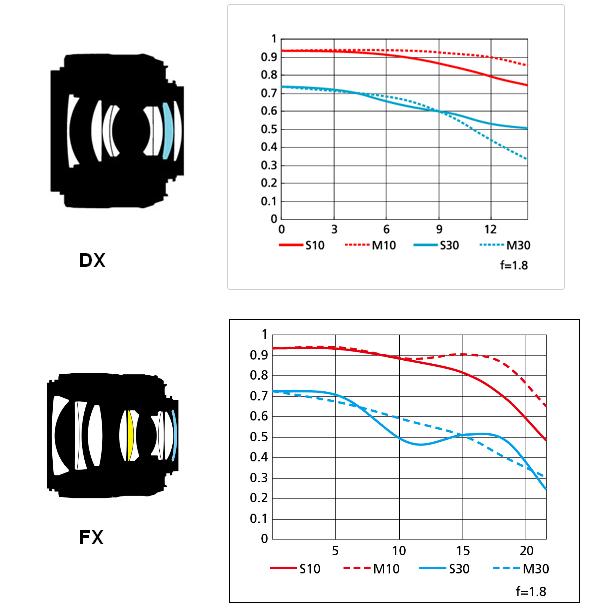For some Nikon DSLR lenses, like 35mm primes, Nikon has two offers:
AF-S DX NIKKOR 35mm F1.8G ($200 USD)
and
AF-S NIKKOR 35mm f/1.8G ED ($530 USD)
From my understanding, the lenses differ for only two reasons:
- The first is a cropped frame lens, and this will create an automatic crop on a full frame camera.
- The second lens is an ED lens, meaning it contains extra-low dispersion elements.
My questions are:
- Are there any other differences between these two lenses?
- If not, is the optical difference of the ED elements noticeable, and could that image quality difference potentially justify the more than 2.5x cost of the FX lens for someone who only shoots with a DX camera?
Please note that I understand this is close to the line of opinion, but I am looking less for user opinions and more for factual optics information. Please comment or edit if this question does not make sense.


